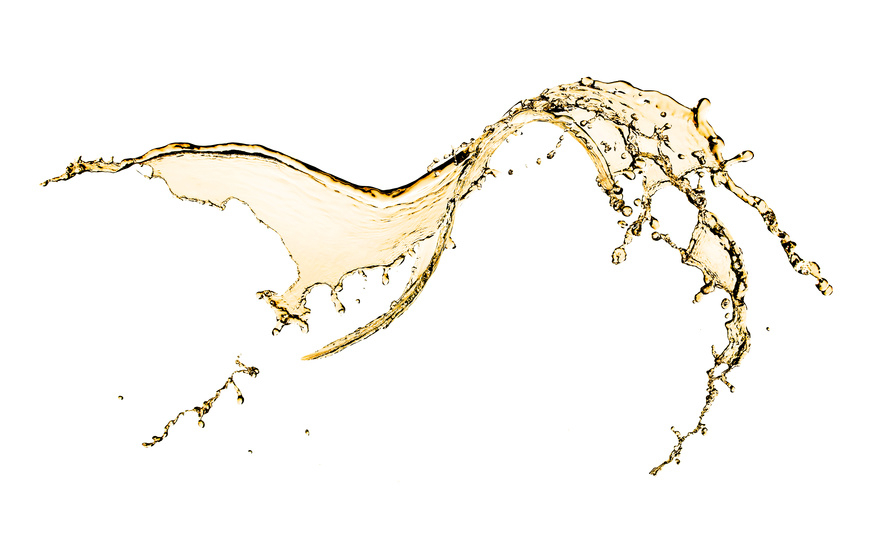Members of the Japanese Automobile Manufacturers Association want to continue pioneering lower-viscosity oils by developing a specification for SAE 0W-8 engine oils by April 2019 for the countrys passenger vehicle market.
SAE International defined SAE 0W-8 and SAE 0W-12 viscosity grades by adding them to J300, its engine oil viscosity classification system, but SAE 0W-8 has not yet been incorporated into any major engine oil performance standard. JAMA aims to adopt the spec as one of the Japanese Automotive Standards Organizations standards, which are followed in Japan and throughout Asia where Japanese-made vehicles are popular.

Photo: Lukas Gojda/Fotolia
While Japanese manufacturers of heavy-duty trucks and motorcycles develop JASO standards, Japanese passenger car manufacturers cooperate with their North American counterparts to develop passenger car motor oil specs through the International Lubricant Standardization and Approval Committee.
But members of JAMA believe they need their own JASO standard in this case, according to a source familiar with JAMAs objectives. Requesting anonymity, he told Lube Report Asia that the proposed JASO SAE 0W-8 spec may not immediately be popular outside Japan and other countries in Asia, but will be good enough until the other two major developed markets – the United States and Europe – catch up. This may not be until ILSAC issues its GF-7 category, possibly several years after it issues GF-6 in 2019.
JAMA believes that if it proposes adding SAE 0W-8 to ILSAC standards, which are administered by the American Petroleum Institute, it could still take several years to be included as a fuel-economy product. North American OEMs could be reluctant to commit to another long-term category development program involving yet another expenditure of resources, the source said, and its likely that no other stakeholders in the U.S. market will be interested in SAE 0W-8, so further delays seem inevitable.
Meanwhile, JAMA members do not want to miss or compromise any opportunities to promote lower-viscosity oils in light of toughening regulatory mandates for carbon dioxide reduction.
Furthermore, formulation of an SAE 0W-8 oil is not difficult, the source explained. In terms of viscosity, SAE 0W-8 oils can be made simply by removing all viscosity index improvers from an SAE 0W-20 product and adjusting other additives.
Many Japanese original equipment manufacturers have for some time considered trying to improve fuel economy through the use of engine oils with viscosities even lower than those of SAE 0W-20 and SAE 0W-16 oils. Honda, for example, has already introduced an “ultra-low-viscosity” engine oil, Ultra Next, although it does not market the product as meeting any particular viscosity grade.
Given this background, JAMA members agreed to try developing an ultra-low-viscosity engine oil spec as quickly as possible under JASOs standards-setting system. According to the official, one big hurdle for Japanese OEMs will be to develop an appropriate fuel economy test for evaluating the actual contribution of ultra-low-viscosity oils. JAMA and JASO are confident that it will be possible to complete the test development in time under the JASO system, primarily because the Japanese standards body tends to move forward on projects as long as a majority of voting members believe they make sense on a technical level.
The source suggested that this could be a good opportunity for other industry organizations to consider factors that are complicating and slowing down the delivery of engine oil tests and category upgrades – a trend that recently has drawn complaints from several corners of the auto, oil and chemical industries. Whatever the reasons behind the current category development processes in North America and Europe, he said they should not deter JAMA and others from seeking alternatives that get better engine oils into vehicles more quickly and efficiently.